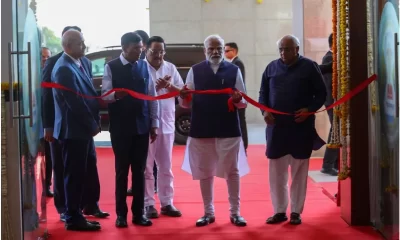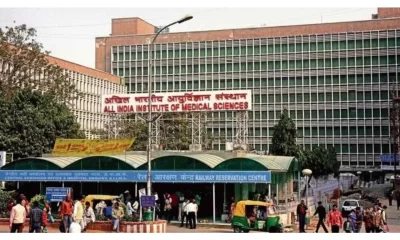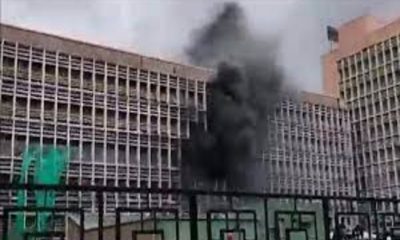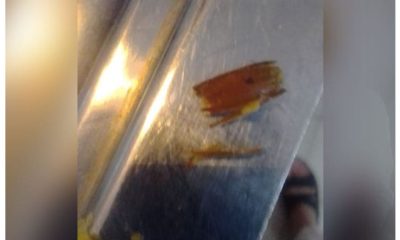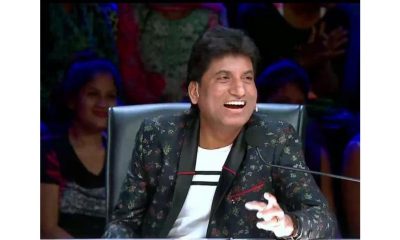Latest Science News
India’s first trauma registry raises hope for accident victims
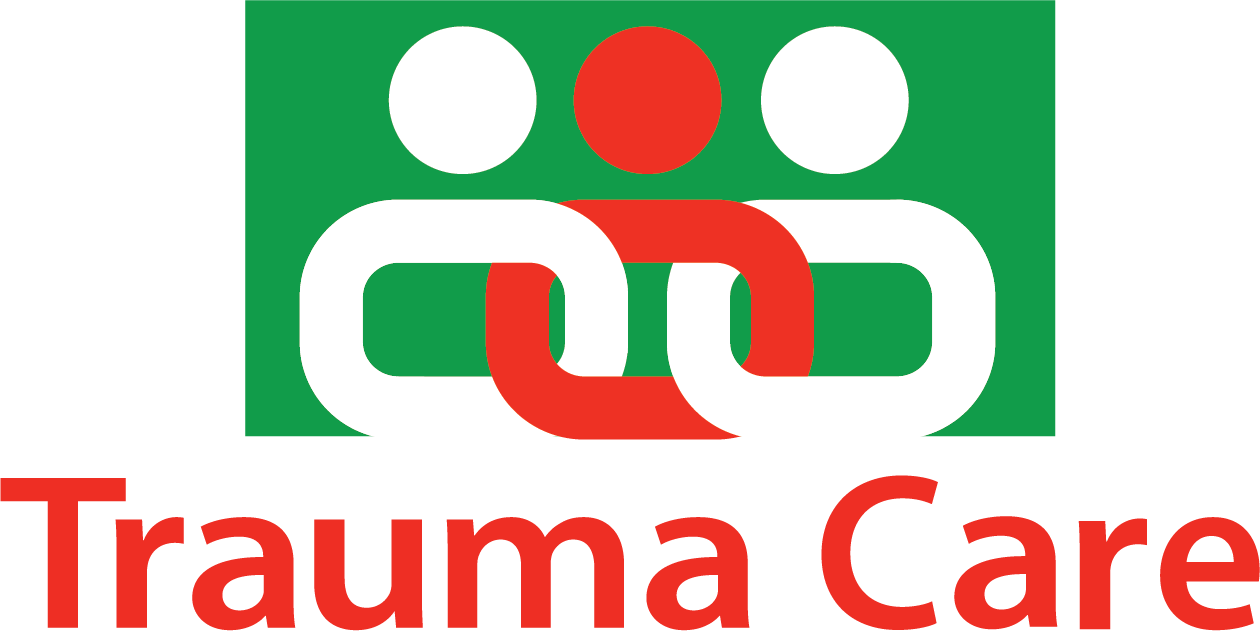
[vc_row][vc_column][vc_column_text]By Dinesh C Sharma
Over 1.4 million lives are lost in road accidents in India every year and, for every death, many more are severely injured or permanently disabled. While it is critical to enforce road safety norms, improve road engineering design and implement ban on alcohol sale on highways, improving quality of trauma care can go a long way in saving lives not just due to road accidents but also other types of traumatic events.
Trauma care scientists in India and Australia, working jointly for the past four years, are confident the casualties can be reduced substantially through simple steps like better data collection and notifying hospitals before patients arrive.
Significant steps towards this have already been taken and are promising good results. India’s first multi-centre trauma registry has gone live a few weeks back and this experience would pave the way for developing a national trauma registry.
A registry is not just registration of injured coming to trauma centres or ‘injury surveillance’, but a database containing full spectrum of care for every patient. Over a period of time, such data can reveal how trauma centres are responding to the injured and how they can improve quality of care to save lives.
“If we know that we do to with patients when they arrive, it will help us improve patient care,” explained Dr Joseph Mathew, a trauma care consultant at the Alfred Trauma Service and National Trauma Research Institute (NTRI) in Melbourne. Trauma care is complex, often involving multiple disciplines within a hospital and external players in public and private sectors. Registries can help improve coordination and delivery of care to patients.
The unified registry which has been established at the Jai Prakash Narain Apex Trauma Centre at the All India Institute of Medical Sciences (AIIMS) in New Delhi, connects trauma centres at three other hospitals – Guru Teg Bahadur Hospital (New Delhi), Seth V S General Hospital (Ahmedabad) and Lokmanya Tilak Municipal General Hospital (Sion, Mumbai). The registry has already captured data about 4500 trauma patients from four centres.
“We have demonstrated feasibility of setting such a unified registry and this can serve as a template for developing a national trauma registry,” said Dr Mathew. The registry is one of the main projects of the Australia India Trauma System Collaboration (AITSC) initiated in 2013. It is jointly funded by India’s Department of Science and Technology (DST) and Australia’s Department of Industry, Innovation and Science.
“The trauma registry at JPN Apex Trauma Centre helped us realise the importance of ‘golden hour’ concept. We were taking almost three hours in emergency department for resuscitation and stabilisation of trauma patients. By performing ‘trauma audit’ using data from the registry, we identified the gaps and once we bridged those gaps, we could reduce the emergency department (ED) time from 3 hours to 30 minutes,” explained Dr Mahesh Chandra Misra, former head of J P N Apex Trauma Centre, and co-team leader of AITSC.
Dr Misra said a national registry should be established in India soon. “We need to establish hospital-based trauma registries as soon as possible and network all trauma care facilities to generate good data. It is already late.”
Scientists have also developed a system for pre-hospital notification so that a trauma centre is ready before a seriously injured patient arrives at the centre. Pre-hospital notification is communication sent by emergency staff from ambulance to a receiving hospital while the injured person is on the way. For this a mobile app – named Soochana – has been developed. “No such system of pre-hospital notification existed in India till this app,” said Dr Misra.
The app is used by a designated person in trauma centre to receive the notification and relay the same information to selected doctors and departments within the centre so that they are ready when the injured arrives. This is called ‘trauma team activation’. “It is a like pitstop in car racing. Everyone is ready when a trauma patient arrives,” notes Dr Mathew. Pre-notification alone can save number of lives.
Another mobile app has been developed to help in rehabilitation of patients after they are discharged. Trauma patients need post-hospital treatment, care and support for a long time. In many places rehabilitation facilities are not available. In such cases, people could be helped via the mobile app. A clinical trial is underway to evaluate effectiveness of the intervention.
The Australian model of trauma care is much sought after globally. Australian trauma experts have also been approached by some state government in India to develop trauma plans for their respective states, but progress is very slow. “A state like Uttar Pradesh with population of over 200 million has just one ‘level 1’ trauma centre. It needs at least 8 such centres,” pointed out Dr Mathew.
“We were, 20-30 years ago, in the same situation as India is today. Four of my cousins died in car accidents. Now we have demonstrated how simple steps can save lives. Integrated trauma systems ensure that right person goes to right centre at right time,” said Dr Mark Fitzgerald, Director of NTRI and team leader of the joint programme.
“We have been able to bring down mortality due to traffic accidents by 62 percent. About 450 to 500 people die in India every day in road accidents. At least 75 percent of them can be saved by improving quality of trauma care and response,” summed up Dr Mathew. (India Science Wire)[/vc_column_text][/vc_column][/vc_row]
India News
President Droupadi Murmu launches India’s first homegrown CAR T-cell therapy for cancer treatment
The gene-based therapy, which is developed by the IIT Bombay and Tata Memorial Centre, is being rolled out in India at about one-tenth of its price outside the country.
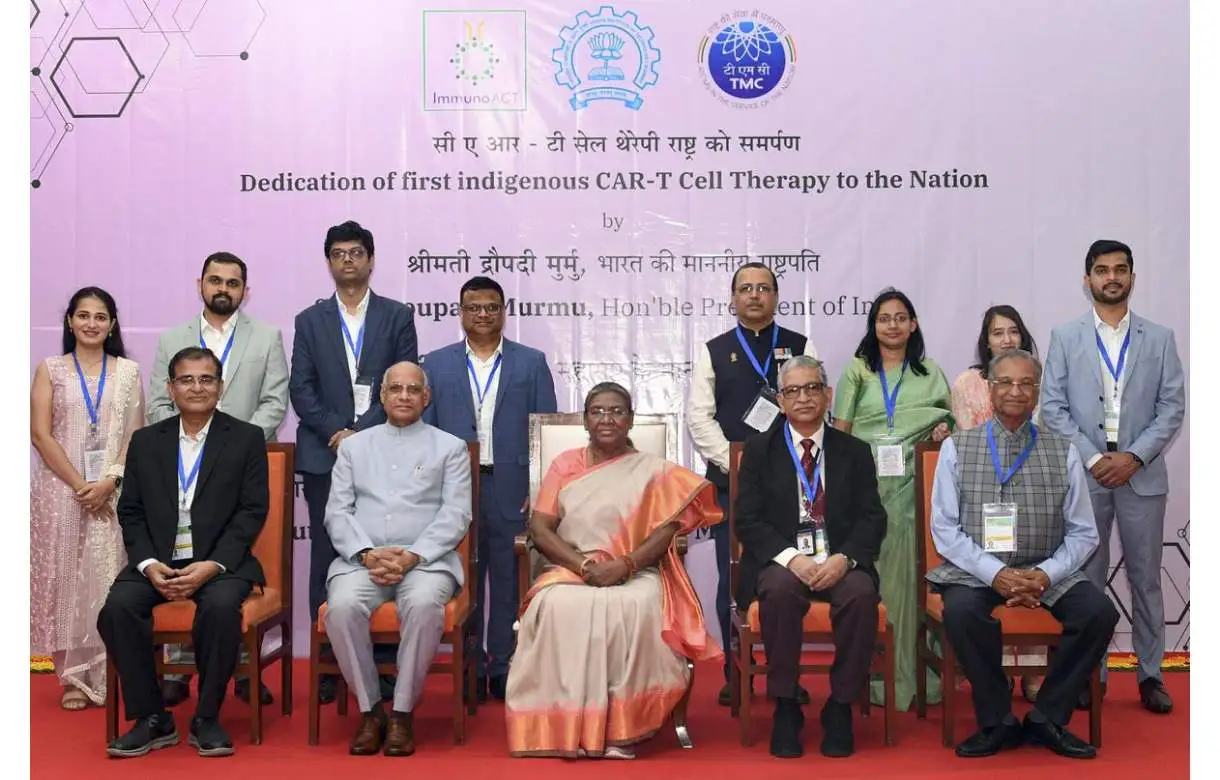
President Droupadi Murmu on Thursday launched India’s first indigenously-developed CAR T-cell therapy, a gene-based therapy, for cancer treatment, hailing it as a breakthrough that provides new hope for humankind in the battle against the diseases.
Speaking at the launch event at the Indian Institute of Technology (IIT) Bombay, Murmu said the indigenous development of the CAR T-cell therapy was an example of the Make in India initiative.
The gene-based therapy, which is developed by the IIT Bombay and Tata Memorial Centre, is being rolled out in India at about one-tenth of its price outside the country, as per the senior official.
In CAR T-cell therapy, a patient’s T-cells, which is a type of immune system cell or stem cell, are modified in the laboratory and inserted back into the patient to attack and destroy cancer cells after editing the stem cell.
The NexCAR19 CAR T-cell therapy, the country’s first Made in India CAR T-cell therapy, is expected to bring down the cost of treatment significantly.
During her speech, Murmu said that this therapy is considered a phenomenal advance in medical sciences. The development of this therapy is also an example of the Make in India initiative and speaks volumes about Indian scientists and physicians, she added.
The launch of India’s first gene therapy is a significant breakthrough in the battle against cancer. As this line of treatment, named CAR T-cell therapy, is accessible and affordable, it provides a new hope for the whole of humankind, President Murmu further added.
The Tata Memorial Centre director Sudeep Gupta said the CAR T-cell therapy was enormously expensive and out of the reach of an overwhelming majority of people.
Asserting that, he said NexCar19 needs to be custom manufactured for every patient under the most stringent conditions, but it has been rolled out at approximately one-tenth of the price at which it is available outside India.
The treatment costs approximately Rs 4 crore abroad against Rs 30 lakh in India, said IIT Bombay director Prof Subhasis Chaudhuri.
He further said that the low-cost CAR T-cell therapy was a huge achievement for the country and cancer patients, and places India firmly on the global map of cell and gene therapy.
Comparing the achievement of Chandrayaan-3 with CAR T-cell therapy, Chaudhuri asserted that CAR-T cell therapy heralds India’s entry into the cell and genetic engineering group.
The Tata Memorial Centre director Gupta said the treatment will help some 20,000 Indians every year, and its rollout is a milestone in the field of cancer care and genetic engineering.
He added the CAR T-cell was not only a scientific achievement of the highest order but also had immense practical application. NexCAR19 will save many, many lives and wipe many, many tears, he emphasised.
India News
ISRO launches weather satellite INSAT-3DS to monitor Earth’s surface, oceans
The Naughty Boy has now become a mature, obedient and disciplined boy like PSLV, and GSLV as they have become a very robust vehicle for ISRO, said Tomy Joseph.
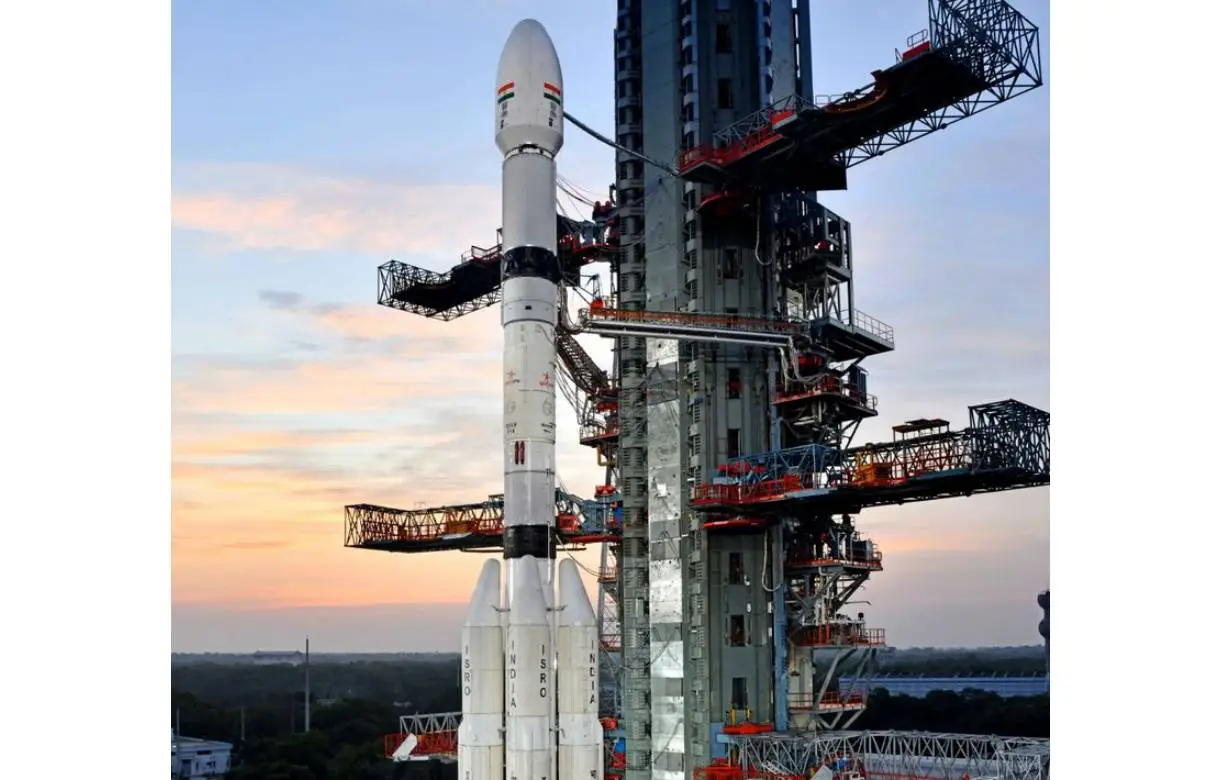
The Indian Space Research Organisation (ISRO) on Saturday launched the INSAT-3DS mission from Satish Dhawan Space Centre in Sriharikota at 5:35 pm to monitor the Earth’s surface, observe the ocean and analyse the environment through various essential meteorological perspectives.
In its mission, the Geosynchronous Satellite Launch Vehicle (GSLV) aimed to deploy the INSAT-3DS meteorological satellite into the Geosynchronous Transfer Orbit (GTO). Subsequent orbit-raising maneuvers will ensure that the satellite is positioned in a Geo-stationary Orbit.
After being positioned in GSO, it will provide information on diverse atmospheric conditions via vertical profiles. INSAT-3DS will manage data collection and dissemination from Data Collection Platforms (DCPs). The satellite will help in search and rescue services.
Congratulating the team, ISRO Chairman S Somanath expressed his happiness over the successful accomplishment of the mission GSLV-F14 INSAT-3DS. He further said that the spacecraft has been injected into a very good orbit. The space agency has also noted that the vehicle has performed very well.
The INSAT-3DS Mission Director, Tomy Joseph sarcastically remarked, saying the Naughty Boy has now become a mature, obedient and disciplined boy like PSLV, and GSLV as they have become a very robust vehicle for ISRO.
The Geosynchronous Satellite Launch Vehicle (GSLV) is a launch vehicle with a length of 51.7 meters and a liftoff mass of 420 tonnes. It consists of three stages, the first stage (GS1) is made up of a solid propellant motor with 139-ton propellant and four earth-storable propellant stages (L40) strapons. Each strapon carries 40 tons of liquid propellant.
The second stage (GS2) is also an earth-storable propellant stage that carries 40-ton propellant, and the third stage (GS3) is a cryogenic stage with a 15-ton propellant loading of liquid oxygen (LOX) and liquid hydrogen (LH2).
To protect the satellite during the atmospheric regime, it is covered by an Ogive payload fairing. The GSLV is versatile and can be used to launch various spacecraft capable of performing communications, navigation, earth resource surveys, and other proprietary missions.
The launch of INSAT-3DS was a follow-on mission of Third Generation Meteorological Satellite from Geostationary Orbit. According to ISRO, the GSLV-F14/INSAT-3DS mission has been fully funded by the Ministry of Earth Sciences (MoES) and designed for enhanced meteorological observations and monitoring of land and ocean surfaces for weather forecasting and disaster warning.
The satellite will augment the Meteorological services along with the presently operational INSAT-3D and INSAT-3DR satellites.
Notably, the services will be used by various departments of the MoES such as the India Meteorology Department (IMD), National Centre for Medium-Range Weather Forecasting (NCMRWF), Indian Institute of Tropical Meteorology (IITM), National Institute of Ocean Technology (NIOT), Indian National Center for Ocean Information Services (INCOIS) and various other agencies.
India News
PM Modi says day not far when an Indian will land on moon in indigenously built spacecraft
PM Modi said a strong roadmap has been drawn till 2040 for the space sector. He made the announcement after flagging off the first Namo Bharat train on the 17 km stretch of the Delhi-Meerut Regional Rapid Transit system.

Prime minister Narendra Modi on Friday said the government has drawn up a roadmap for the development of space sector and the day is not far when an Indian will travel to the moon in an indigenously built spacecraft. PM Modi said India’s Gaganyaan will soon take Indian astronauts to space and the India wants to establish its own space station.
PM Modi said a strong roadmap has been drawn till 2040 for the space sector. He made the announcement after flagging off the first Namo Bharat train on the 17 km stretch of the Delhi-Meerut Regional Rapid Transit system.
PM Modi recalled the success of India’s moon mission Chandrayaan3 which had recently placed the country’s tricolour on the lunar surface. He said India of the 21st century is writing new chapters of progress and development for the landing on the moon has left the world awestruck.
PM Modi added with impeccable hosting of the G20 summit, today’s India has become the centre of attraction and curiosity for the world. He said today’s India wins more than 100 medals in the Asian Games.
PM Modi added today’s India launches 5G on its own strength and takes it to all corners of India. He further added todays India does the highest number of digital transactions. He said the Namo trains that were flagged off today were all made in India.
PM Modi set goals for the Indian Space Research Organisation (ISRO) by asking engineers and scientists to work towards setting up an Indian space staion by 2035 and sending an Indian astronaut to the lunar surface by 2040. PM Modi also asked the scientists to undertake interplanetary missions like the Venus orbiter and also attempt a landing on Mars. PM Modi further added the government has handed over festival gifts by reducing the gas cylinder price by Rs 500 for Ujjwala Yojana beneficiaries.
-
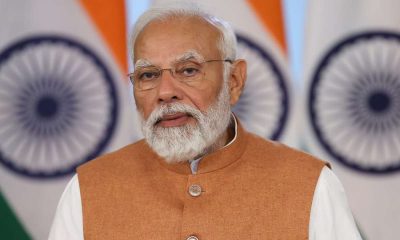
 2024 Lok Sabha Elections11 hours ago
2024 Lok Sabha Elections11 hours agoPM Modi calls for high voter turnout in second phase of Lok Sabha elections 2024, says your vote is your voice
-
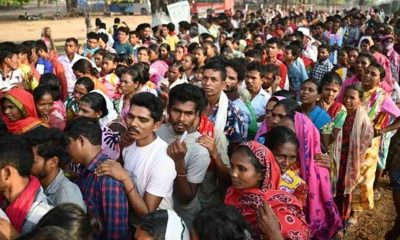
 2024 Lok Sabha Elections6 hours ago
2024 Lok Sabha Elections6 hours agoLok Sabha election 2024: Nearly 50% voter turnout recorded in second phase till 3 pm
-
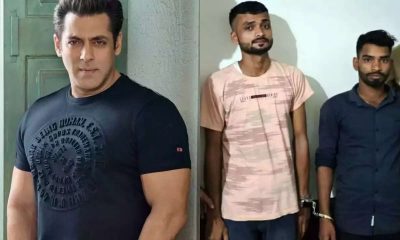
 India News10 hours ago
India News10 hours agoSalman Khan house firing case: NIA interrogates arrested shooters Sagar Pal, Vicky Gupta for three hours
-
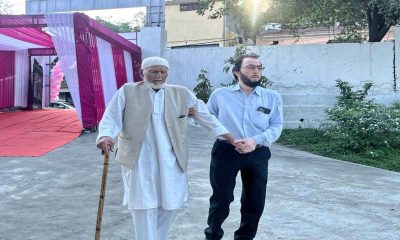
 2024 Lok Sabha Elections9 hours ago
2024 Lok Sabha Elections9 hours agoLok Sabha elections 2024: 102-year-old man walks to polling booth to cast his vote in Jammu
-
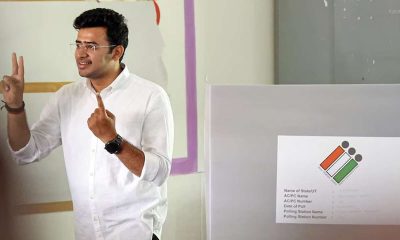
 2024 Lok Sabha Elections4 hours ago
2024 Lok Sabha Elections4 hours agoElection Commission books BJP MP Tejasvi Surya for seeking votes in the name of religion

